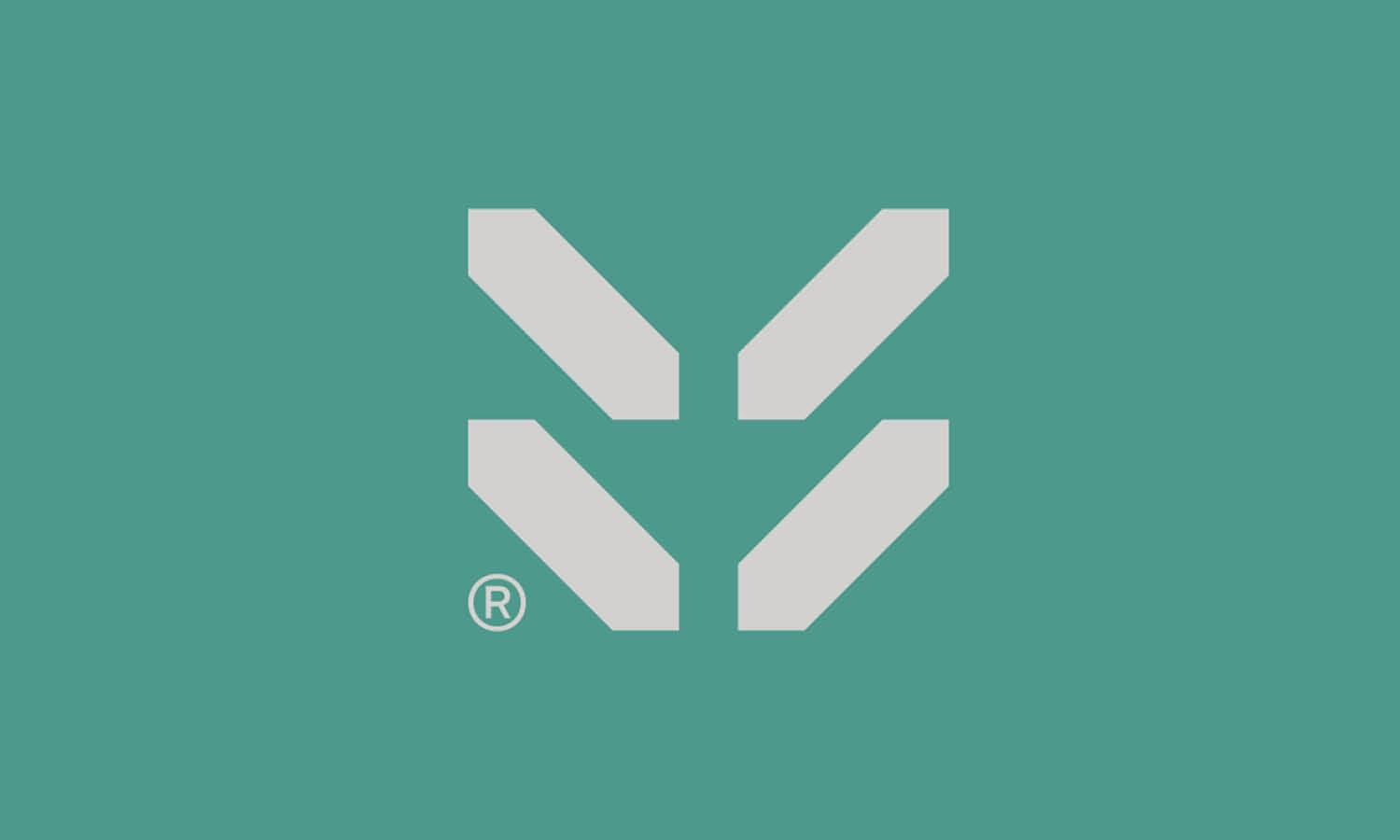AI Trading Bots and Social Trading: A Comparison

Automated trading solutions have transformed financial markets, offering two distinct approaches for investors. AI trading systems analyze vast quantities of market data using machine learning algorithms, executing trades without human intervention at speeds impossible manually. These systems process over 100,000 data points per second, responding to market shifts within milliseconds. Social trading platforms instead connect users with experienced traders, allowing automatic replication of proven strategies. When selecting between algorithmic systems or human expertise, many investors choose a day trading bot for its emotional neutrality, continuous operation, and ability to maintain consistent execution during volatile market conditions.
Understanding AI trading bots
AI trading bots represent the intersection of financial markets and artificial intelligence. These sophisticated programs execute trades based on predefined parameters while continuously learning from market data. Unlike traditional automated systems, AI bots can adapt their strategies as market conditions evolve, identifying patterns invisible to human traders.
These systems typically employ various algorithmic approaches—from trend following and mean reversion to sentiment analysis—enabling them to make split-second decisions without emotional bias. Modern AI bots can simultaneously process multiple data sources, including price movements, trading volumes, and even social media sentiment.
The technology has democratized algorithmic trading, previously accessible only to institutional investors, now available to retail traders through user-friendly platforms requiring minimal technical knowledge to deploy sophisticated strategies.
The rise of social trading
Social trading emerged as a revolutionary concept that bridges the gap between manual and automated trading. This approach allows novice investors to automatically replicate the trades of experienced market participants, creating an ecosystem where expertise becomes a shared resource.
The process is remarkably straightforward: investors browse profiles of successful traders, examine their historical performance metrics and risk scores, then allocate portions of their capital to mirror selected traders' positions. When the followed trader executes a trade, the same action occurs proportionally in the follower's account.
This system particularly appeals to newcomers entering complex markets like cryptocurrency, where the learning curve is steep and mistakes can be costly. It offers a middle ground between complete self-direction and passive investment.
Key differences between AI bots and social trading
Understanding the fundamental distinctions between AI trading bots and social trading is essential for making informed investment decisions. Each approach offers unique advantages and limitations that may align differently with various trading goals and experience levels.
- Decision-making foundation: AI bots make decisions based on algorithmic analysis of market data and patterns, while social trading relies on human traders' decisions that followers automatically replicate
- Learning methodology: AI systems continuously learn from market data to improve performance, whereas social trading participants learn by observing successful traders' strategies and results
- Execution speed: AI bots operate at microsecond speeds with immediate execution, while social trading platforms may experience slight delays when replicating trades
- Market adaptation: Advanced AI can adapt to changing market conditions through machine learning, while social trading adapts only as quickly as human traders recognize and respond to market shifts
- Emotional factors: AI systems operate without emotional bias, but social trading still incorporates human psychological factors that influence decisions
Understanding the key differences between AI bots and social trading helps investors choose the strategy that best aligns with their risk tolerance, goals, and level of involvement.
Advantages of AI trading bots
AI trading bots offer significant benefits that have contributed to their growing popularity among both retail and institutional investors seeking to optimize their market participation.
- Round-the-clock operation, capitalizing on opportunities across global markets regardless of time zones
- Emotion-free trading decisions unaffected by fear, greed, or other psychological biases
- Lightning-fast execution speed allowing for capitalizing on fleeting market inefficiencies
- Ability to analyze massive datasets simultaneously, identifying patterns invisible to human traders
- Continuous learning and optimization of strategies based on performance feedback
These advantages make AI bots particularly effective in volatile markets like cryptocurrency trading, where prices fluctuate rapidly and opportunities emerge and disappear within seconds. The removal of emotional decision-making alone represents a significant improvement over purely manual trading approaches.
Disadvantages of AI trading bots
Despite their sophisticated capabilities, AI trading bots come with notable limitations that potential users should carefully consider before implementation.
- Substantial technical knowledge often required for effective setup and optimization
- Significant development costs for customized solutions that truly match individual trading goals
- Potential for catastrophic failures if algorithms encounter unprecedented market conditions
- Dependency on historical data patterns that may not predict future market behavior
- Regular maintenance requirements to ensure optimal performance as markets evolve
Despite their efficiency, AI trading bots can pose risks due to technical limitations, lack of human intuition, and potential over-reliance on automated decisions.
Benefits of social trading
Social trading offers distinct advantages that have contributed to its rapid adoption, particularly among newcomers to financial markets seeking guidance without surrendering complete control of their investment decisions.
- Learning opportunity through observing successful traders' strategies and decision-making processes
- Accessibility for beginners with minimal technical knowledge requirements
- Diverse portfolio creation by following multiple traders with different specializations
- Transparency through performance metrics and trading history visibility
- Community engagement providing educational resources and market insights
Social trading empowers users to learn from experienced investors, making it an accessible and collaborative way to grow in the trading world.
Drawbacks of social trading
Despite its appealing simplicity, social trading presents several challenges that potential participants should evaluate before committing their capital to this approach.
- Dependency on other traders whose strategies might change without notice
- Historical performance limitations as indicators of future success
- Capital requirements that may limit diversification possibilities for smaller investors
- Execution delays potentially impacting profitability, especially in fast-moving markets
- Difficulty in evaluating traders' long-term consistency across various market conditions
These limitations highlight why many experienced investors use social trading as one component within a broader investment strategy rather than their exclusive approach to market participation. Successful implementation requires careful selection of traders to follow and ongoing performance monitoring.
How to choose the right trading method for you
First, consider your trading objectives. Are you seeking short-term gains through frequent trades or long-term growth through strategic positions? AI bots typically excel at high-frequency trading strategies, while social trading often performs better with medium to long-term approaches.
Your technical proficiency plays a crucial role. AI solutions may require programming knowledge or at least familiarity with trading algorithms, whereas social trading demands only basic platform navigation skills.
Time commitment represents another essential factor. AI systems require initial setup and occasional maintenance but operate autonomously thereafter. Social trading involves ongoing evaluation of traders' performance and potential strategy adjustments.
Financial resources also influence this decision. Sophisticated AI solutions often come with substantial development or subscription costs, while social trading platforms typically operate on more accessible fee structures based on transaction volume or performance.
Finally, consider your risk tolerance. Neither approach eliminates market risk, but each manages it differently through either algorithmic rules or human expertise.
Combining both approaches for optimal results
An increasingly popular strategy involves integrating both AI tools and social trading rather than viewing them as mutually exclusive options. This hybrid approach leverages the complementary strengths of each method while mitigating their individual limitations.
For instance, investors might use AI analytics to screen potential traders before following them on social platforms, ensuring selections based on objective performance metrics rather than persuasive profiles alone. Alternatively, they might allocate portions of their portfolio to each approach, using AI for specific market conditions while employing social trading for others.
Conclusion
The choice between AI trading bots and social trading ultimately depends on your individual circumstances, preferences, and goals. AI offers precision, speed, and emotional detachment but requires technical understanding. Social trading provides accessibility, community learning, and human insight but introduces dependency on others' decisions. Many successful investors incorporate elements of both, creating personalized hybrid approaches. Whatever path you choose, continuous education remains essential in navigating the evolving landscape of automated and social trading technologies.















